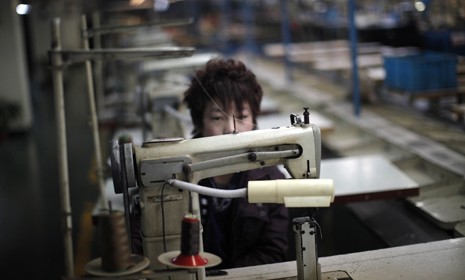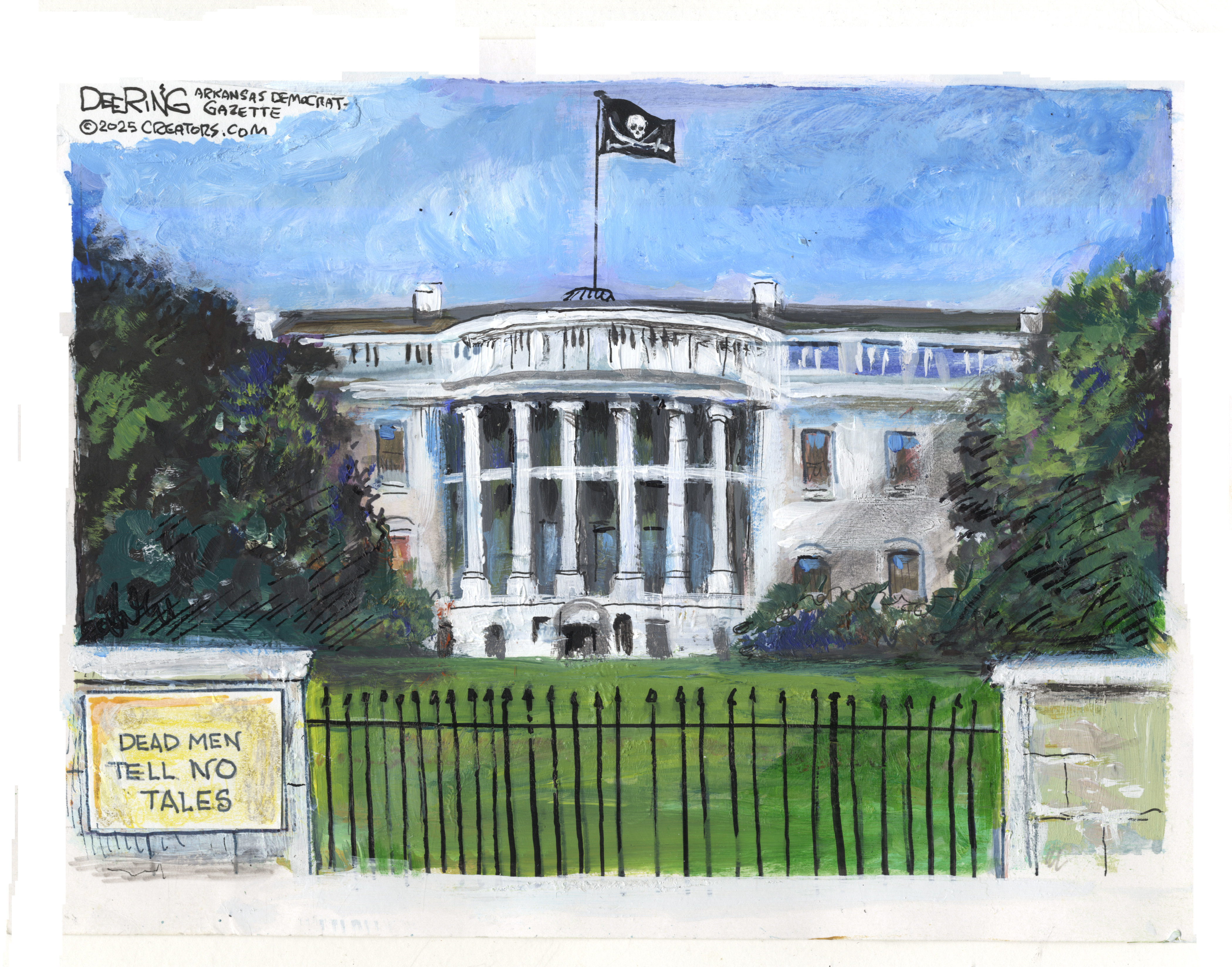Is China to blame for pricier Christmas gifts?
U.S. dollars aren't going as far this year, as the rising cost of labor in China hits home

"One of the things that's showing up in Christmas stockings this year: Higher prices, courtesy of China," says Justin Lahart in The Wall Street Journal. Rising labor costs in China are pushing up prices on goods made there — the same goods Americans are purchasing for the holidays. Here, a concise instant guide:
What's happening?
"China is undergoing a profound shift," says Lahart. A shrinking number of young, migrant workers (and young people in general), coupled with a rapidly growing economy, is driving up the cost of labor. The cost of raw materials is also increasing, thanks to a stronger economy and increased demand in China. Result: Once-cheap Chinese goods for sale in the U.S. cost more, too. Economists note that labor costs in China have been on the rise for years, but they are now reaching a point where exporters can't simply absorb them, and they're getting passed on to the customer.
The Week
Escape your echo chamber. Get the facts behind the news, plus analysis from multiple perspectives.

Sign up for The Week's Free Newsletters
From our morning news briefing to a weekly Good News Newsletter, get the best of The Week delivered directly to your inbox.
From our morning news briefing to a weekly Good News Newsletter, get the best of The Week delivered directly to your inbox.
How much are prices going up?
According to a Labor Department report, prices on Chinese imports were up 3.9 percent in November 2011 from the same period a year ago. Hooker Furniture Corp., which buys goods from China, raised prices on the majority of is products by 5 percent in September. "We think our suppliers are seeing labor cost increases in the 20 percent to 30 percent range," says Paul Toms, the Virginia-based company's CEO. Running shoe retailers are noting a $5 to $15 increase in the cost of Chinese-made shoes, like the popular Mizuno brand. The cost of imported shoes, as a whole, was up 6.1 percent this November from last. A popular sleeping bag made by Big Agnes Inc. has increased in price from $199 to $239 thanks to the rising cost of Chinese labor. John Menzer, the chief executive of Michael's, the nationwide chain of craft stores, says labor costs for its Chinese suppliers have risen 15 to 20 percent this past year, and that while the company has tried to offset those increased costs with more efficient shipping and supply chains, it's had to raise prices as well. "Our suppliers are very nervous about labor costs," Menzer says. "We'll have the same pressures next year."
How many U.S. imports come from China?
Quite a few. According to the Wall Street Journal report, 80 percent of U.S. shoe imports, 60 percent of furniture imports, and 80 percent of luggage imports come from China.
A free daily email with the biggest news stories of the day – and the best features from TheWeek.com
What now?
It's expected that Chinese labor costs will continue to go up and up, but that might not be a bad thing. According to a recent study by the Boston Consulting Group, labor costs in China will reach a "tipping point" by 2015. At that juncture, Chinese labor will be so expensive that various industries could move their manufacturing operations to the U.S. and generate millions of new jobs.
Could that really happen?
It's matter of debate whether this "re-shoring" of manufacturing activity, from China to the U.S., will actually happen on a broad level. Another possibility: Manufacturing could move to other Asian countries with even cheaper labor — some already has — like Bangladesh, Vietnam, Cambodia, and Indonesia. Neither scenario is likely, says Scott Paul with the Alliance for American Manufacturing, a lobby group. He argues that the Chinese government will intervene by "persistently finding ways to help its domestic manufacturers."
Sources: Financial Times, Huffington Post, Wall Street Journal
-
 Political cartoons for December 14
Political cartoons for December 14Cartoons Sunday's political cartoons include a new White House flag, Venezuela negotiations, and more
-
 Heavenly spectacle in the wilds of Canada
Heavenly spectacle in the wilds of CanadaThe Week Recommends ‘Mind-bending’ outpost for spotting animals – and the northern lights
-
 Facial recognition: a revolution in policing
Facial recognition: a revolution in policingTalking Point All 43 police forces in England and Wales are set to be granted access, with those against calling for increasing safeguards on the technology